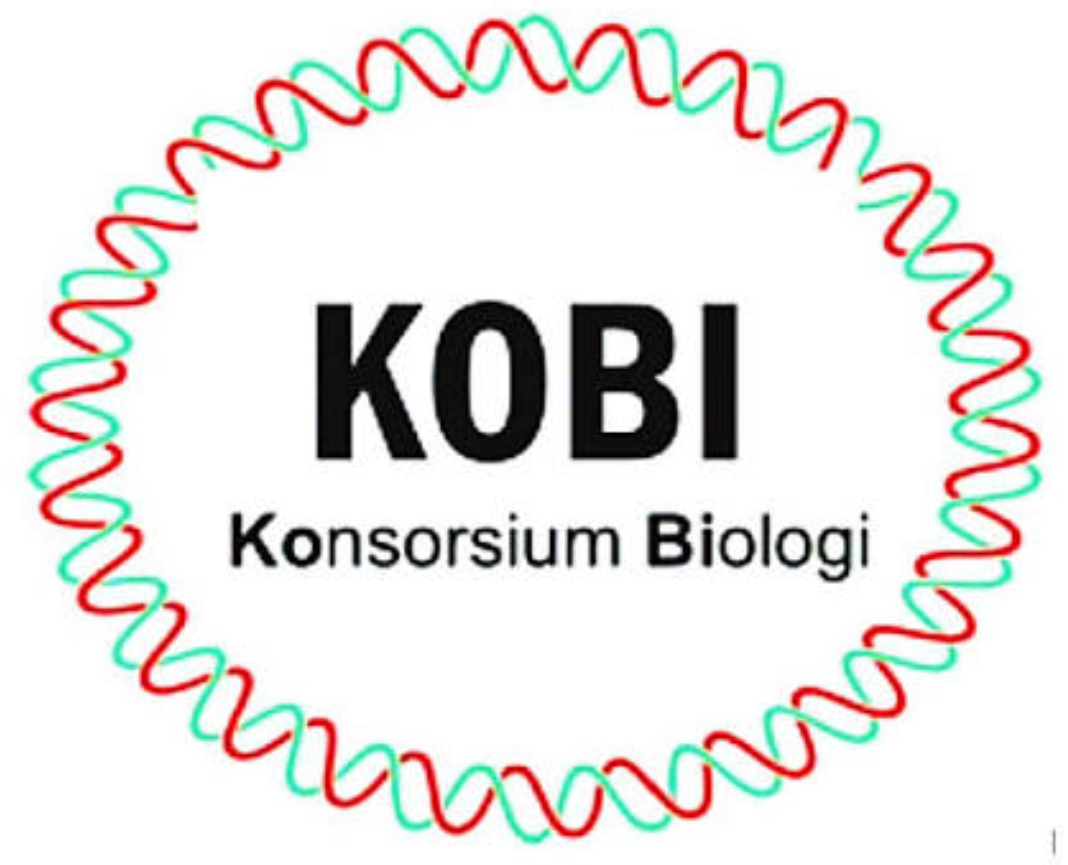Title:
Enhancing Biology Students Motivation Through Classroom Action Research Based STAD Learning Model
Author:
Abstract
Keywords
Full Text:
PDFReferences
Aberg, K.C., Doell, K.C., &Schwartz, S. (2016). Linking Individual Learning Styles to Approach-Avoidance Motivational Traits and Computational Aspects of Reinforcement Learning. PLoS ONE, 11(11):66-75. https://doi.org/10.1371/journal.pone.016667.
Darmawan, E: Zubaidah, S: Herawati, S; Suwono, H; Indriwati, S.E. (2017). Simas eri learning model based on lesson study to increase student motivation and learning outcome. International Journal of Research and Review. 4(4): 40-47.
Darmawan, E; Brasilita, Y; Zubaidah, S; Saptasri, M. (2018). Enhancing Metacognitive skills of students with different gender using Simas eric Learning Model at State Senior High School 6 Malang. Biosfer: Jurnal Pendidikan Biologi, 11(1), 48-57.
Deci, E.L; Ryan, R.M (2007). Self Determination Theory: An approach to human motivation andpersonality:url:http://www.psych.rochester.edu/SDT, acces date: 1/10/2008.
Gaith, G. (2003). Effect of Learning Together Model of Cooperative Learning on english as a foreign language reading achievement, academic self esteem, and feeling of school alienation. Bilingual Research Journal, 27(3): 451-474.
Gage, N. L., Berliner, D. C. (1984). Educational Psychology 3rd Ed. Boston: Houghton Mifflin Company.
Harahap, N. (2013). Application of Stad-type Cooperative Learning Models on Cognitive Learning Outcomes, Motivations, and Student Learning Activities on Ecosystem Concepts in the Islamic State Junior High School in Banda Aceh. Jurnal Visipena, 4(2): 57-76.
Hopkins, D; Ahtaridou, E. (1993). A teacher’s guide to classroom research. Open university press.
Keller, J.M. (1987). Strategies for stimulating the motivation to learn. Perform+Instructional, 26(8): 1-7.
Majoka, M.I., Dad, M, H., & Mahmood, T. (2010). Students team achievement Division (STAD) as an active learning strategy: empirical evidence from mathematics classroom. Journal of Education and Sociology, 4(6): 16-20.
Nurhadi, B.Y, & Senduk, G.S. (2003). Contextual Learning and Its Application in Competency-Based Curriculum. Malang: UM.
Prayitno, B. A. (2011). Development of Stad-based Junior High School Biology Learning Tools Based on Cooperative Guided Inquiry and Their Influence on Higher Level Thinking Abilities, Metacognition, and Science Process Skills on Upper and Lower Academic Able Students. Unpublished thesis. Malang: State University of Malang.
Ryan, R. M., & Deci, E. L. (2000). Intrinsic and extrinsic motivations: classics definitions and new directions. Contemporary education psychology. 25(1): 54-67.
Sakiyo, J., Badau, K.M. (2015). Assesment of the trend of secondary school students’ academic performance in the science, mathematics and english, implications for the attainment of the millenium in Nigeria. Advances in Social Science Research Journal, 2(2): 31-38.
Sardiman, A.M. (1994). Interaction and Motivation of Teaching and Learning Guidelines for Teachers and Prospective Teachers.Jakarta: Rineka Cipta.
Slavin, R. E. (1980). Cooperative learning. Review of Educational Research. 50(2): 315-342.
Stahl, R. J., & Vansickle, R. L. (1992). Cooperative learning in the Social studies classroom: an introduction to social study. Washington DC: National Council for the Social Studies.
Suciati. (2001). Instructional Purpose Taxonomy. Jakarta: Open University Development Project Directorate General of Higher Education Ministry of National Education.
Susanti, W. R., Subchan, W., & Wahyuni, D. (2014). Identification of Consistency Level of Cooperative Learning Syntax Implementation of Biology PPL Students and its Relationship with Student Learning Outcomes of Jember District Middle School. Jurnal edukasi, 1(1): 21-26.
Wyk, M.M.V. (2012). The Effect of the STAD-cooperative learning method on student achievement, attitude and motivation in economics education. Journal of Social Science. 33(2), 261-270.
DOI: http://dx.doi.org/10.31002/ijobe.v1i1.996
Article Metrics
Abstract view : 301 timesPDF - 0 times
Cited By
Refbacks
- There are currently no refbacks.
Copyright (c) 2018 Indonesian Journal of Biology Education

This work is licensed under a Creative Commons Attribution-NonCommercial-ShareAlike 4.0 International License.

This work is licensed under a Creative Commons Attribution-NonCommercial-ShareAlike 4.0 International License.
indexed by :
Jalan Kapten Suparman 39 Magelang, Jawa Tengah, Indonesia 56116
Phone (0293) 364113 Fax (0293) 362438
Website: http://jurnal.untidar.ac.id/index.php/ijobe











 Abstract views : 301
|
Abstract views : 301
| PDF views : 0
PDF views : 0

